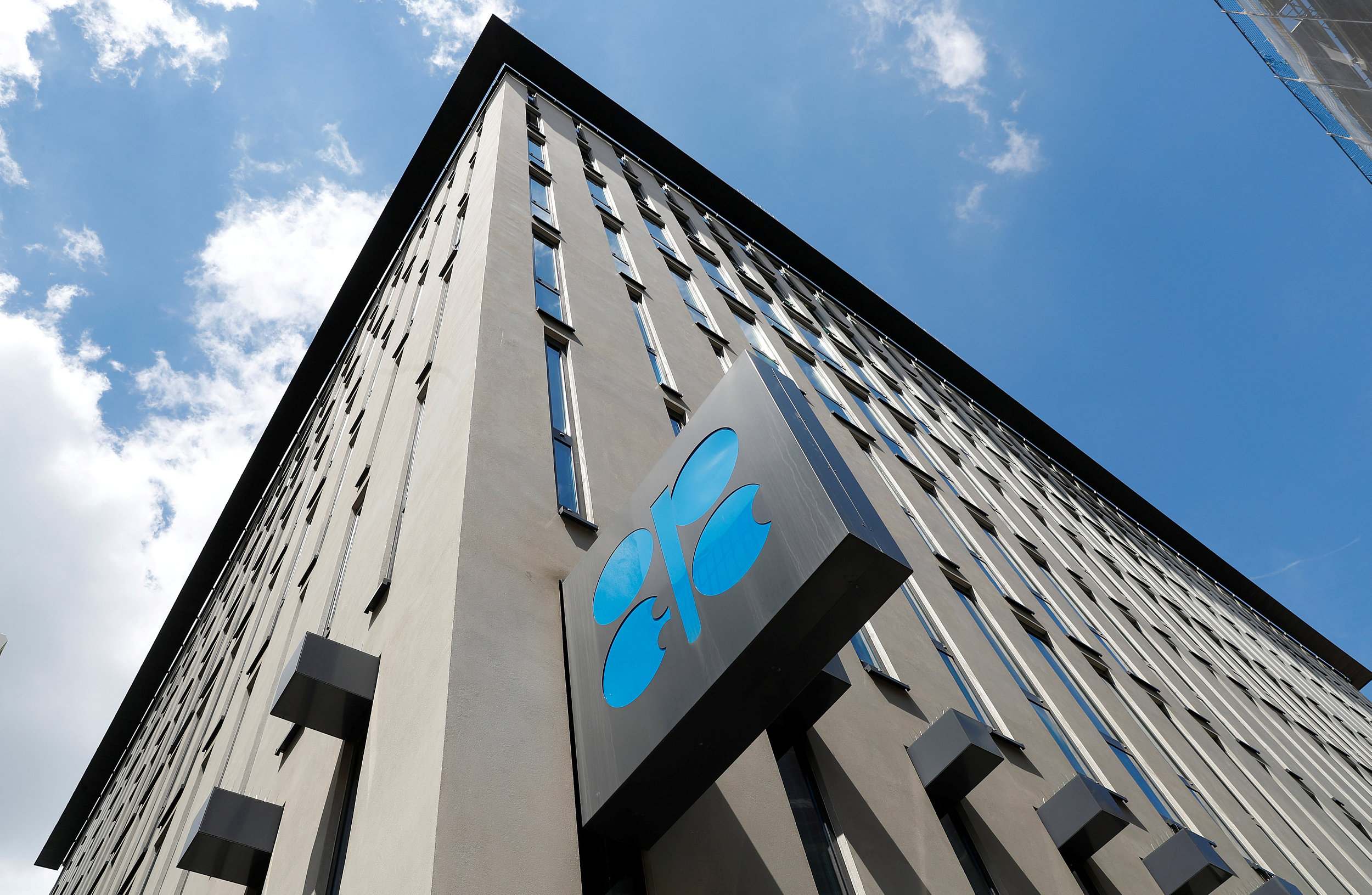
Business
17:46, 21-Jun-2018
OPEC’s most difficult meeting in years
By Nawied Jabarkhyl
02:33

It all seems a little predictable so far. The run-up to OPEC’s major meetings are often accompanied by headlines about policy uncertainty and the divisions within the group. From a market perspective, oil prices usually react to the news, as they’ve done once again this month ahead of the cartel’s latest round of talks in Vienna on June 22.
There is a palpable difference about this meeting however, compared to previous ones in recent years.
On the one hand, Saudi Arabia and non-OPEC Russia, which is the world’s largest oil producer, are calling for a significant increase in production.
The two countries think the current output agreement – which aims to cut 1.8 million barrels per day from global markets – risks pushing prices too high, which could hurt economic growth and impact demand.
US President Donald Trump and China have both called for a cooling of prices in recent months. But, not everyone’s convinced that supply needs to be ramped up.
Several OPEC members, including Iran and Iraq, are opposed to the move. Adal Mirza, Senior Writer at S&P Global Platts in Dubai, thinks the countries could be worried about their market share. “There are only a few countries in the OPEC group which have the spare capacity to really increase production if the taps are loosened. Saudi Arabia being the most obvious and then there’s the UAE and Kuwait. Other producers like Iraq, Iran [and] Venezuela will struggle to increase their production.”

The logo of the Organization of the Petroleoum Exporting Countries (OPEC) is seen at OPEC's headquarters in Vienna, Austria June 19, 2018./VCG Photo
The logo of the Organization of the Petroleoum Exporting Countries (OPEC) is seen at OPEC's headquarters in Vienna, Austria June 19, 2018./VCG Photo
Earlier this week, Iran’s Oil Minister Bijan Zanganeh ruled out any major deal in Vienna, and he is set to leave the Austrian capital before OPEC and non-OPEC producers meet on Saturday to discuss the cuts.
But, on Wednesday, he did appear to soften his tone, saying countries should focus instead on their quotas under the existing deal.
And that’s where agreement may lie.
Compliance with the current output cut has rallied this year, reaching 166 percent in April. That is significantly more than the target of 1.8 million barrels per day.
According to Sean Evers, Managing Partner of Dubai-based energy analysts Gulf Intelligence, there’s an opportunity to work within the current framework: “All they have to do is come back to their agreed cut. 100 percent compliance to the agreed cut – not 120, not 150, just 100 percent compliance to what we’ve already agreed. That in itself would take about 6-700,000 barrels off the market,” he said.
A refocus on quotas could be the reasonable solution in Vienna this weekend. Despite the immense geopolitical differences between Saudi Arabia and Iran, their economic dependence on oil revenues suggests they both may be willing to compromise.
Whatever the outcome of the meetings though, the expectation is that we will see a tighter oil market in the second half of 2018.

SITEMAP
Copyright © 2018 CGTN. Beijing ICP prepared NO.16065310-3
Copyright © 2018 CGTN. Beijing ICP prepared NO.16065310-3